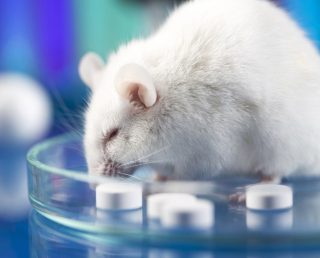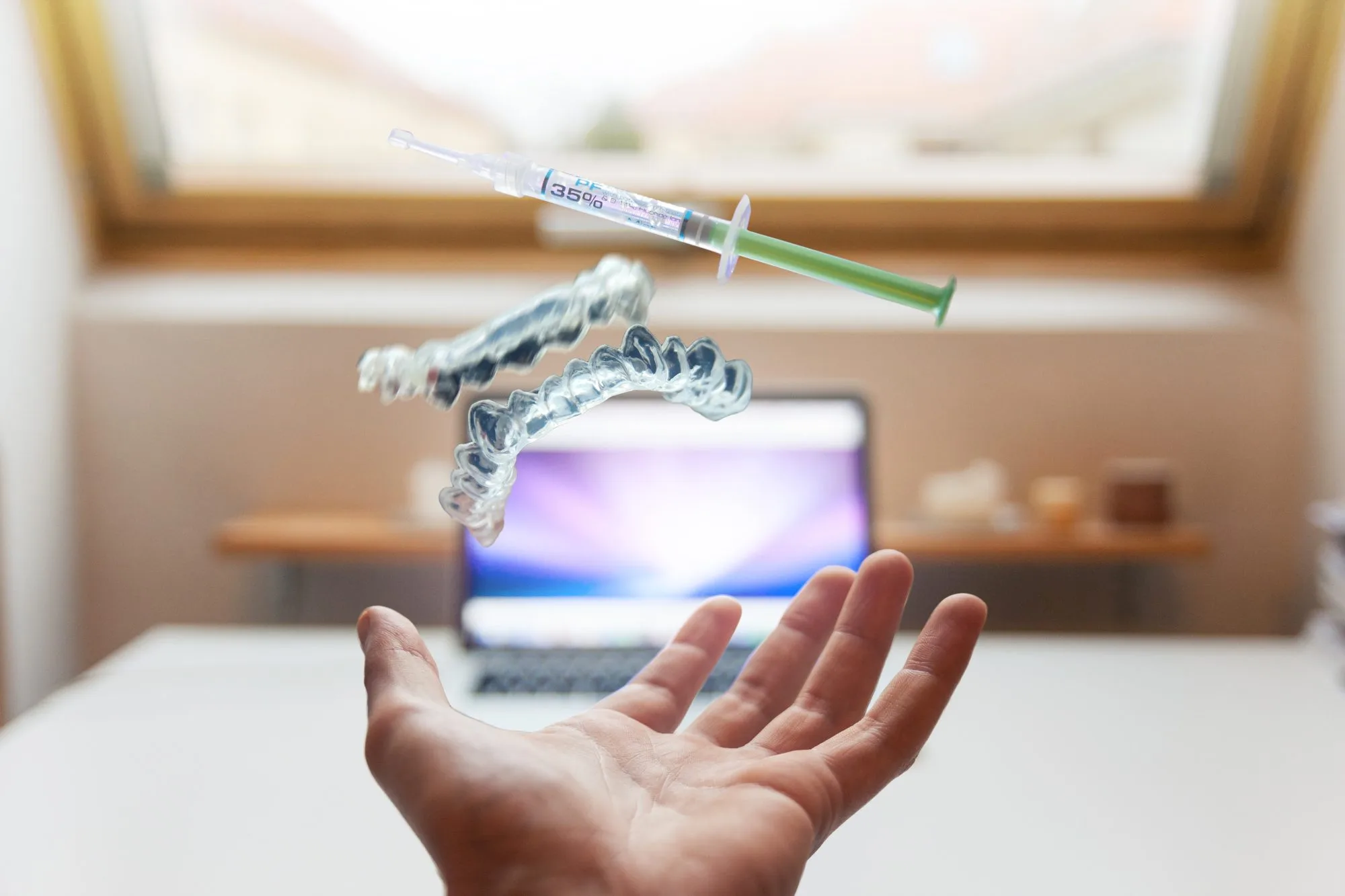Here are the most prominent medical breakthroughs that took place at the end of 2017, from man-made human blood to an artificial pancreas.
1. Scientists remove HIV from animals
A study published in the journal Molecular Therapy has revealed that scientists are finally closer to finding a permanent cure for HIV. A research team from Temple University in the US successfully removed the HIV-1 infection in three mouse models using gene-editing technology called CRISPR/Cas9. One was a “humanised” model, in which the mice were genetically modified to have human immune cells, including T cells. This technique proved to be 96% effective in removing the HIV-1virus from the “humanised” cells.
2. Injection offers hope for stroke survivors
Strokes are one of the most common causes of death. Fortunately, scientists have created an injection, the Tissue Plasminogen Activator (TPA), that can protect against the damage caused by a stroke and save lives. The TPA, also known as Alteplase, is currently the only drug approved by the US Food and Drug Administration (FDA) for the treatment of ischemic strokes. It is usually given through a vein in the arm, and it must be administered on a medical basis within three hours of when symptoms begin. The treatment is naturally made by the cells lining the blood vessels, making it a systemic thrombolytic. It works to restore blood flow by dissolving the blood clot responsible for the stroke. It has been found to enable full recovery in stroke survivors.
3. Scientists can manufacture human blood 
Medical scientists have figured out how to replace almost every part of the human body, with anything from prosthetic limbs to artificial hearts. Now, a research team in Romania has managed to manufacture blood in a laboratory. The artificial blood is composed of water, salt, albumin and proteins obtained from marine worms. It also has iron proteins and hemerythrin to boost oxygen transport and storage. The artificial blood aims to treat specific conditions and illnesses such as sickle cell anaemia. The research team also hopes to make enough for transfusions for people with rare blood types. Click here to find out more.
4. An artificial pancreas can help diabetics
The MiniMed 670G hybrid closed-looped system, also known as an “artificial pancreas”, is about to make life easier for Type-1 diabetics. The US Food and Drug Administration approved the device, which is intended to adjust insulin levels with little or no input from the user, in 2016. It works by measuring glucose levels every five minutes and automatically administering or withholding insulin. The system includes a sensor that attaches to the body and measures glucose levels under the skin, an insulin pump worn on the body and an infusion patch connected to the pump with a catheter that delivers insulin. While the device automatically adjusts insulin levels, users need to manually request insulin doses to counter carbohydrate (meal) consumption. This new method of diabetes management is set to become a life-changing milestone in many medical patients’ lives.
5. Heal your wounds with a zap of electricity 
US researchers have created a device that uses a light zap of electricity to regrow damaged organs on a medical basis and heal serious wounds with a single touch of a penny-sized nanochip pad. Tissue Nanotransfection (TNT) works by placing a small pad of nanochips over a damaged area. Then a small electric current fires DNA into the skin cells, converting those cells into the specific building-block cells of any body part, such as an artery or a liver. Ohio State University successfully trialled the TNT on pigs and mice. In one experiment, blood flow was restored in the severely injured leg of a mouse less than a week after the pad reprogrammed skin cells to create vascular cells. The researchers say it could even be used as a weapon against neurological diseases such as Alzheimer’s and Parkinson’s. They believe it will be possible to reprogram skin cells to harvest brain cells in a peripheral part of the body, such as the arm. The harvested cells can then be injected into the brain.





![women [longevity live]](https://longevitylive.com/wp-content/uploads/2020/01/photo-of-women-walking-down-the-street-1116984-100x100.jpg)










